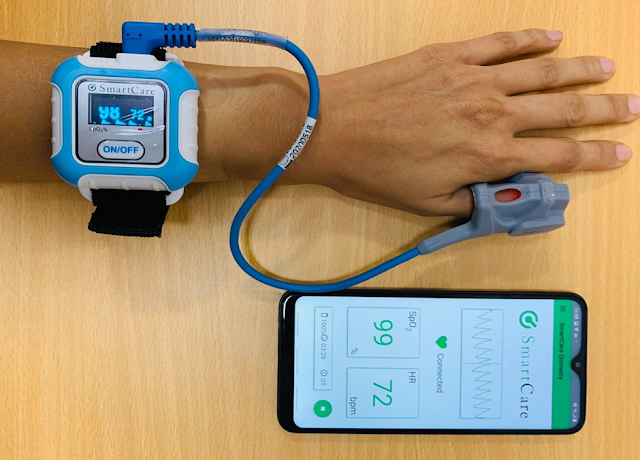Advancement of technology in medical field
Medical Marvels: How Technology is Revolutionizing Healthcare
The medical field is experiencing a renaissance fueled by groundbreaking advancements in technology. From AI-powered diagnostics to minimally invasive robotic surgery, these innovations are transforming how we treat and manage diseases. Here's a glimpse into the exciting world of medical technology.For more information blogg visi Little Thing Everydays
1. Artificial Intelligence (AI): A Doctor's Digital Ally
AI is rapidly changing the healthcare landscape. Imagine algorithms analyzing medical scans with superhuman accuracy, identifying tumors or abnormalities that might escape the human eye. This empowers doctors with valuable insights, leading to earlier diagnoses and more effective treatment plans. AI-powered virtual assistants can also assist with tasks like scheduling appointments, managing patient records, and even offering preliminary symptom analysis, freeing up doctors' time to focus on complex cases.
2. Robotics: Precision Takes Center Stage
Robotic surgery is no longer science fiction. Today, robots assist surgeons in performing minimally invasive procedures with unparalleled precision and control. These robotic arms can access hard-to-reach areas within the body, minimizing tissue damage and leading to faster recovery times for patients. The surgeon remains firmly in control, utilizing the robot's enhanced dexterity for intricate procedures.
3. Personalized Medicine: Tailoring Treatments to You
The one-size-fits-all approach to medicine is becoming a relic of the past. Genomics and big data analytics are paving the way for personalized medicine, where treatment plans are customized based on an individual's unique genetic makeup and risk factors. This allows for more effective treatment and potentially reduces the risk of adverse reactions to medications.
4. Telemedicine: Healthcare at Your Fingertips
Telemedicine platforms allow patients to connect with doctors virtually, offering greater convenience and accessibility to healthcare, especially for those in remote areas or with mobility limitations. Imagine receiving expert medical advice from the comfort of your home through a video consultation.
5. Wearables and Remote Monitoring: Keeping an Eye on Your Health
Wearable devices like smartwatches and fitness trackers are transforming how we monitor our health. These devices can track heart rate, blood pressure, sleep patterns, and even blood sugar levels, providing valuable data for both patients and healthcare providers. Imagine having a constant stream of health data readily available, allowing for real-time monitoring and early detection of potential health concerns.
6. 3D Printing: From Prototypes to Prosthetic Limbs
3D printing technology is opening doors to innovative medical applications. Imagine printing custom-made prosthetics perfectly designed for an individual's needs. 3D printing can also be used to create biocompatible implants and even human tissues for research purposes, paving the way for potential breakthroughs in regenerative medicine.
The Road Ahead: Challenges and Opportunities
While the future of medical technology is bright, challenges remain. Ensuring data security and patient privacy in an increasingly digital healthcare landscape is crucial. Additionally, bridging the digital divide and making these advancements accessible to everyone is essential for true healthcare equity.
Conclusion:
Technology is transforming the medical field at an unprecedented pace. These advancements hold immense potential to improve lives, offering earlier diagnoses, more effective treatments, and ultimately, a healthier future for all. As we embrace these innovations and navigate the challenges, the ultimate goal remains constant: to provide high-quality, accessible healthcare for everyone.






.jpeg)




No comments